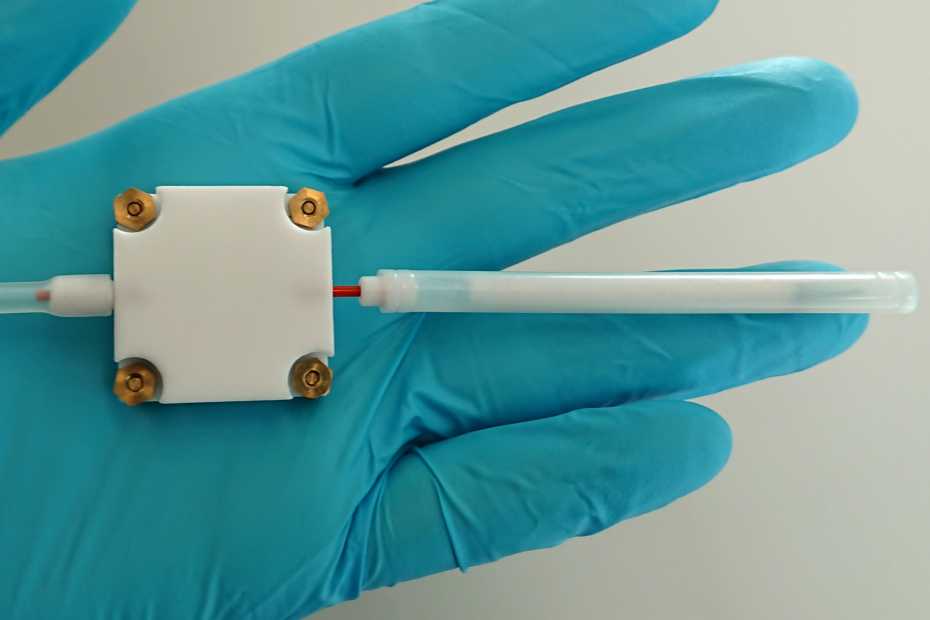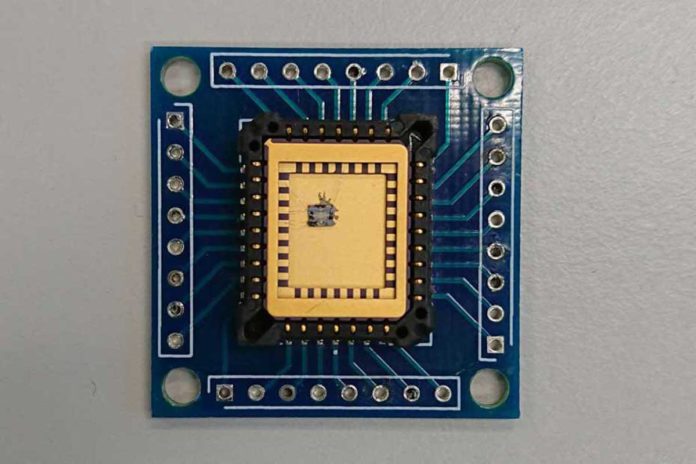Methanol is sometimes referred to as ethanol’s deadly twin. Methanol poisoning causes blindness, organ failure, or even death when recognized too late. Currently, there is no methanol detector for quick diagnosis by breath analysis or for the screening of laced beverages.
Now ETH scientists have developed an inexpensive, handheld measuring device that can distinguish between methanol and potable alcohol. They have developed a low-cost and handheld sensor for highly selective methanol detection. It offers a simple, quick method of detecting adulterated or contaminated alcoholic beverages and can diagnose methanol poisoning in exhaled breath.
Scientists developed the device based on a small metal oxide sensor. It can detect adulterated alcohol within two minutes by “sniffing out” methanol and ethanol vapors from a beverage. What’s more, the tool can also be used to diagnose methanol poisoning by analyzing a patient’s exhaled breath.

Jan van den Broek, a doctoral student at ETH and the lead author of the study said, “There’s nothing new about using metal oxide sensors to measure alcoholic vapors. However, this method was unable to distinguish between different alcohols, such as ethanol and methanol. Even the breathalyzer tests used by the police measure only ethanol, although some devices also erroneously identify methanol as ethanol.”
The sensor is developed using nanoparticles of tin oxide doped with palladium. They then used a trick to differentiate between methanol and ethanol. As its atoms are littler, methanol goes through the polymer tube more rapidly than ethanol.
During laboratory tests, the device detected even trace amounts of methanol contamination selectively in alcoholic beverages, down to the low legal limits.
Andreas Güntner, a research group leader at the Particle Technology Laboratory of ETH Professor Sotiris Pratsinis and a researcher at the University Hospital Zurich, said, “This technology is low cost, making it suitable for use in developing countries as well. Moreover, it’s simple to use and can be operated even without laboratory training, for example, by authorities or tourists. It is also ideal for quality control in distilleries.”
The study was part of the flagship project Zurich Exhalomics of University Medicine Zurich and published in the journal Nature Communications.
